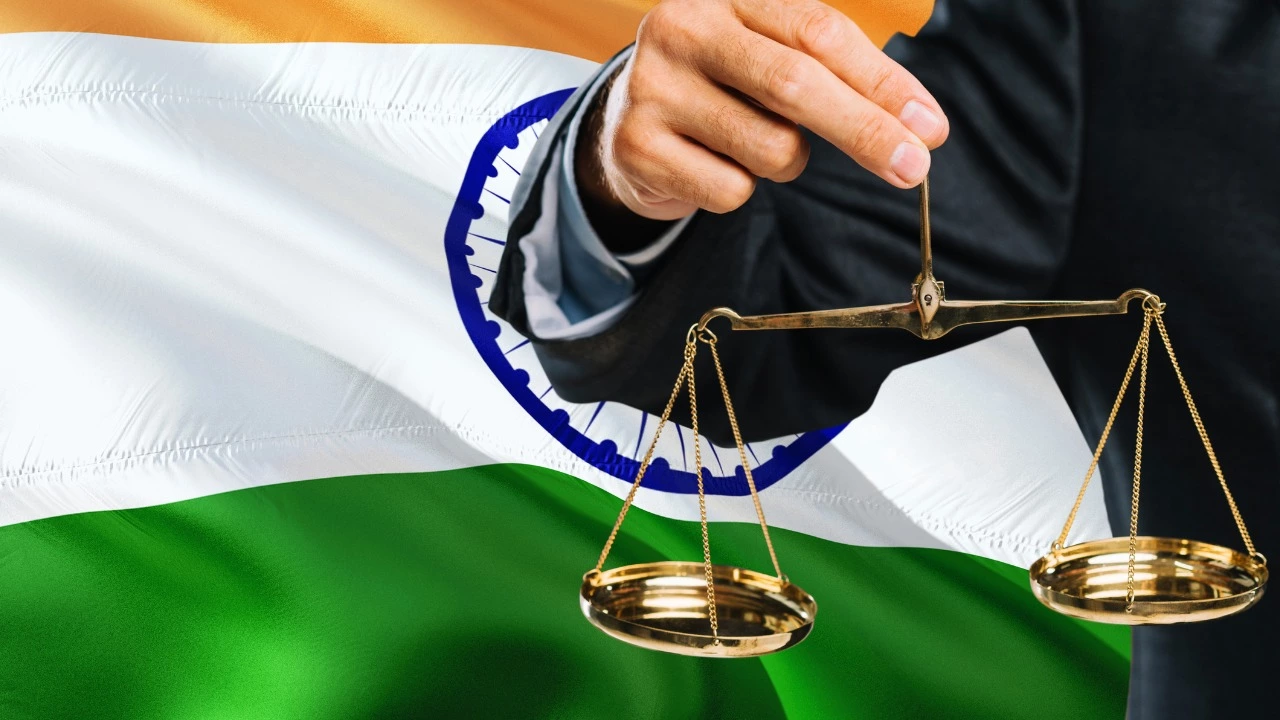Indian Judiciary System – What’s Happening Now?
India’s courts are in the news every day, from high‑profile bail hearings to big Supreme Court judgments that affect the whole country. If you’ve ever wondered how the system works or why a particular ruling matters, you’re in the right place. Let’s break it down in plain language and look at a few recent stories that illustrate the system in action.
Supreme Court’s Reach and Power
The Supreme Court sits at the top of the Indian judicial pyramid. It has the final say on whether a law fits the Constitution, which makes it one of the most powerful courts on the planet. A recent debate on its power sparked the question, “Is the Supreme Court the most powerful judicial body on Earth?” The answer is yes, because its decisions can change the legal landscape for decades. Judges stay on the bench for life, so the ideas they champion live on long after the case is closed.
That power isn’t just theory. When the Court strikes down a law, every government office, every school, every business that relied on that law has to adjust overnight. This ability to reshape society is why people watch Supreme Court hearings like a sports event. Even the most seasoned lawyers know that a single judgment can set a precedent that lasts for generations.
Recent High Court Bail Decisions
Below the Supreme Court, the Delhi High Court recently handed down a tough bail verdict. Eight activists, including Umar Khalid and Sharjeel Imam, were denied bail in a 2020 riots case. The judges called the violence “premeditated” and said letting the accused out would risk the trial’s integrity. This ruling shows how the High Court balances the rights of the accused with public safety, especially under the strict UAPA anti‑terror law.
What makes this case interesting is the follow‑up. Sharjeel Imam has appealed to the Supreme Court, turning the bail question into a test case for how the country applies UAPA. If the top court lifts the bail block, it could signal a softer stance on pre‑trial detention. If it upholds the High Court’s decision, it reinforces a hard‑line approach to terrorism‑related charges.
These stories highlight a bigger picture: India’s judiciary isn’t just a set of buildings; it’s a living system that decides who gets freedom, which laws survive, and how power is checked. Whether you’re a student, a professional, or just a curious reader, keeping an eye on major judgments helps you understand the rules that shape everyday life.
So, what should you do with this information? First, follow trusted news sources that cover court rulings without sensationalism. Second, if a case directly affects you—like a property dispute or a criminal charge—consult a lawyer who knows how the courts actually decide things. Finally, remember that every judgment, big or small, is a chance for citizens to see democracy in action.
Stay tuned to Instant News Access for the latest updates on the Indian judiciary system. We’ll break down complex rulings into simple takeaways, so you never miss what matters most.
Can I file a case directly in the Supreme Court of India?
Alright folks, let's dive into the hot topic of whether you can directly file a case in the Supreme Court of India, shall we? Now, I bet some of you are thinking, "surely I can just waltz right in there and drop my case, right?" Well, hold your horses! Generally, cases need to go through the lower courts before making their grand entrance at the Supreme Court. There are a few exceptions, though. So, while you can't exactly storm the Supreme Court with your case right off the bat, there might be a tiny window of opportunity to do so. Just like trying to sneak the last piece of cake when everyone's not looking!
